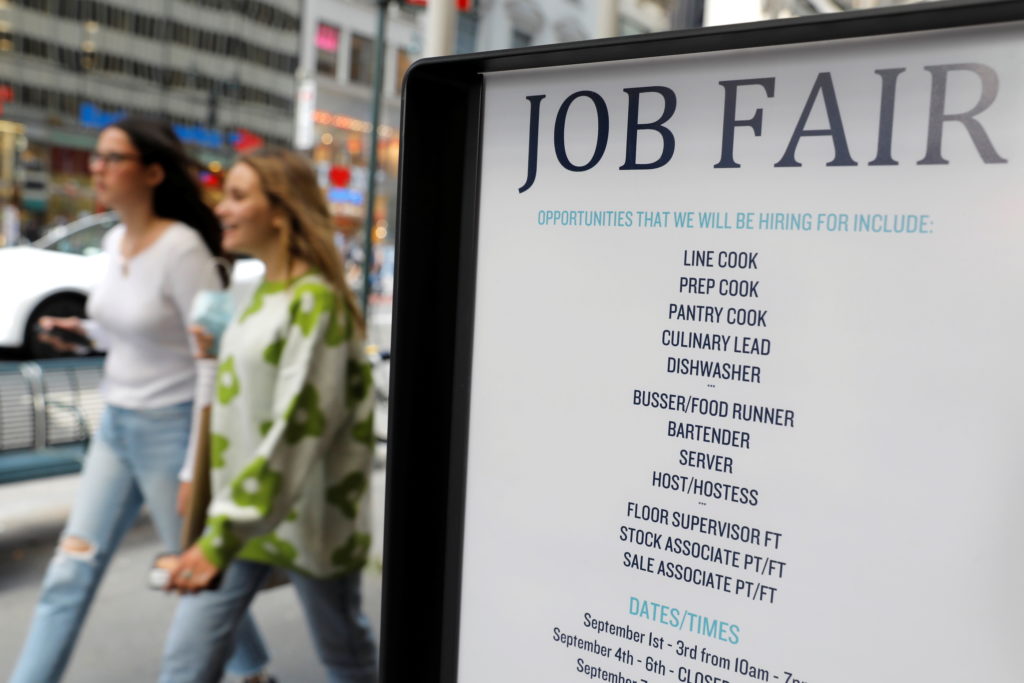Diane Swonk:
Well, what we’re seeing out there, that is part of the trend.
And it’s layered on top of the idea that, when we have less fear of contagion, we can congregate more and go to places that are vacation hot spots. We can travel more. We can do all the things that we want to do, see each other more. We can go and get medical visits that we deferred during the crisis.
That didn’t happen as much during the summer during the Delta wave. And those vaccination rates did play a role because they happen to be in places that also were hit hardest by some of these service sector losses. We are seeing places that do have higher vaccination rates, like New York City, where people aren’t returning as much to their offices.
The work-from-home phenomena has also been a problem of getting workers — not having workers where the jobs are. The jobs are in the suburbs and vacation hot spots now. And, of course, the workers in urban areas don’t have a way of getting there. Or, if they do, the cost of commuting has gone up so much that, even with the wage gains we have seen at those lower wage jobs, are making it a hard time for them to apply for them.













































